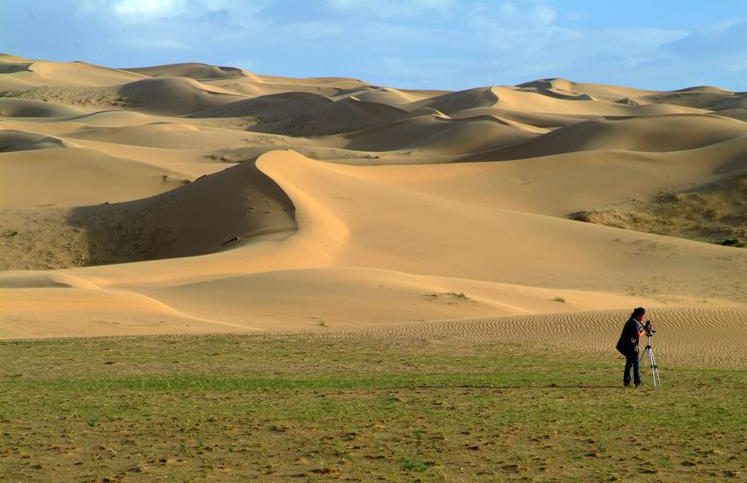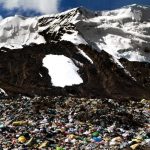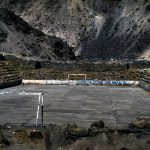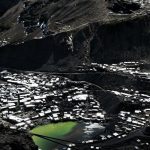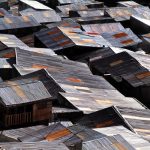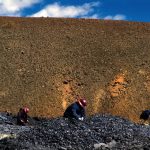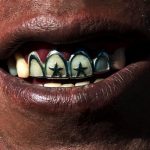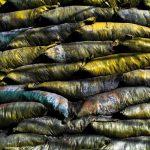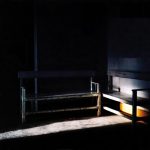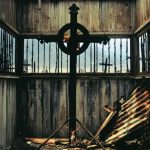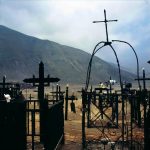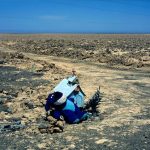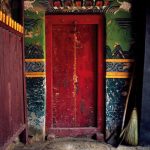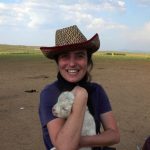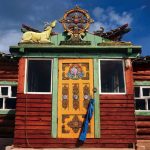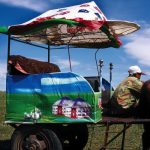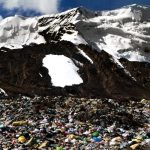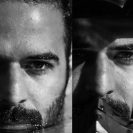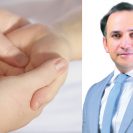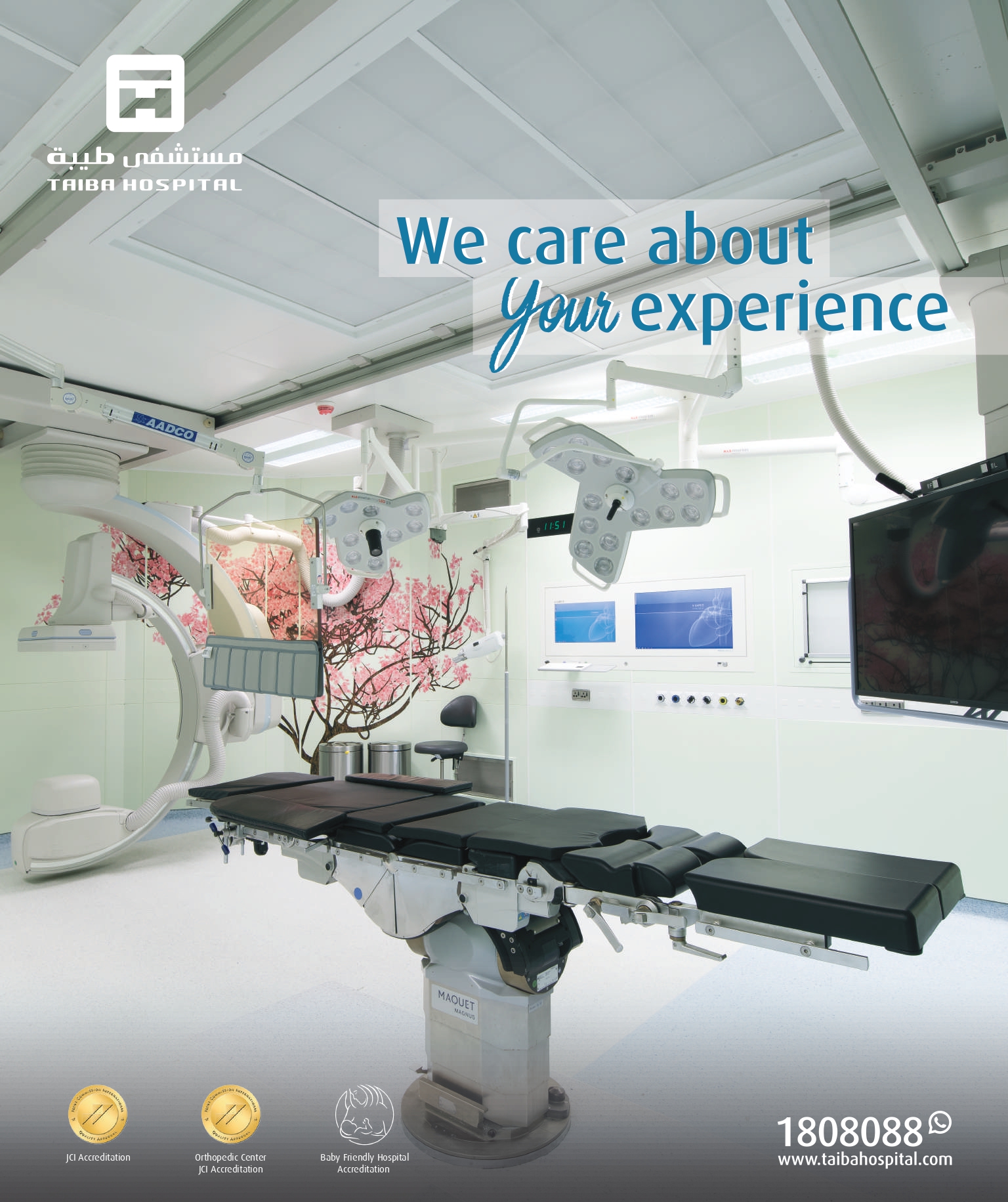Chilean by birth and Spanish based, Magdalena Correa is an artist who invites us to explore how identities are formed. Always interested in social issues, she develops photographic and audiovisual research projects about the most remote locations in the world in which man sets up shelter and builds a life. She sheds light on how we assimilate, adapt and survive under conditions that are sometimes deliberate or otherwise circumstantial. With an artistic career that focuses on the principles of photography and video since 1997, she explores isolated and extreme regions from both ends of the spectrum.
Known for her explorative work on the Gobi Desert in China and Mongolia, “La desaparición” in 2008, the Atacama Desert in the north of Chile, “Niveo” in 2011 that showcases a town named Villa Las Estrellas in Antarctica, and most recently “La Rinconada” in the Peruvian Andes, Correa effortlessly draws attention to various social issues through these geographical choices. Through her magical portraits, she conveys stories of forgotten people, difficult social and geographical conditions that subject local residents into what could be considered as morbid dealings, or even a town’s quiet contentment as life passes it by. In every case, however, she suggests that there is more to life than what we normally catch on the news. Beyond the headlines and into the remote, she takes us on journeys of enlightenment.
On her recent visit to Kuwait, we met with the talented artist as she told us more about her work, what she wishes to achieve and why she specifically chose Kuwait for her next project.
When did you first become interested in art?
I think it was during my childhood. I wanted to know how the life of people located in places very far from my country would be like.
Why did you choose to specialize in the disciplines of Photography and Video? Do you think that these mediums better express your artistic vision more than other forms of art?
Yes, these are the specific disciplines in which I feel much more free to express what I want. I find them to be much less constrained than other languages, such as painting for example.
What or who inspires your work?
I am interested in exploring territories that experience a situation of isolation, precariousness and oblivion. Places with a form of unstable human life, where its people have put up with harsh conditions imposed by the power of nature. I like pausing and looking at geographical and human isolation and unknown spaces that coexist with our everyday life but that are beyond our everyday worries, since our lives are based on comfort, and so we do not need to be concerned with them as, in many cases, due to their inaccessibility, they simply do not appear on maps.
Can you tell us about what you aim to achieve through your art?
I want to contribute in some way to the rest of the world by inviting them to pay attention to what is happening elsewhere.
Many people consider your photography and video series as a political and economic commentary to harsh social realities. Do you agree with this opinion?
Yes, my goal is precisely to sensitize the public and make them aware that there are very extreme and different places from their own realities. One, as a human being, cannot be oblivious to them and ignore them. I strongly believe that art should be a social tool. I want to help people know about such extreme realities, and acknowledge situations that they won’t necessarily like, situations that disturb, frighten or overwhelm us, but they exist and are there despite our ignorance. For me, art must assume a social commitment. It should not be only one form of expression. However, I still don’t wish for my work to fall under a purely documentary work category, my intention is to tell a story in a manner that is rather suggestive than literal, effectively enabling the viewer of my work to perform an exercise in comprehension.
What do you think is the most captivating element about the isolated locations that you choose?
What captivates me the most is the symbiosis that takes place between man and nature, regardless of location.
How do you decide on the locations for your photography projects?
I first research places where human life develops in very precarious conditions. Once I’ve selected several places, I begin to further explore each of them until a person’s specific condition compels me.
Can you tell us more about your most recent work?
The last project that I realized was “ La Rinconada “ A sparsely inhabited location in the Peruvian Andes with almost 5500 meters of altitude where there also is a gold mine that has been a type of magnet for people to come and work at. At the same time, the place is abound with many people who are disinherited of its fortunes.
Do you have a specific project that you’ve worked that you consider as your favorite? If so, can you tell us more about that?
My favorite project is Niveo. It included a four-week stay in Antarctica, in an area called Fildes Bay where military stations of Chile, Argentina, Russia, China, and Uruguay have to coexist in peace. It was a fantastic experience that demonstrated to me that human beings could come to an understanding when material elements such as money are scarce, so there’s nothing worth fighting over.
Do you see yourself undertaking photography projects in the Middle East?
Yes, for sure. In fact, my new project showcases Kuwait City as my location of choice.
Can you tell us more about that project?
I have decided to carry out a project that, unlike my previous ones, now reflects a territory where the majority of its habitants do not have needs, but everything opposite, they develop a life with many comforts, with easy access to elements that we could easily label as elements of luxury.
For more information, please visit her website, www.magdalenacorrea.com.

